As we continued east from Almaty the air got drier and drier and the landscape got more and more desolate. We passed a town that was almost completely abandoned in the midst of scrub vegetation, and the most common living things we saw were livestock, though how anyone raises animals in such an inhospitable place I’ll never know. After our stop for the White-crowned Penduline-Tits we did not make another stop for well over an hour, and when we did stop it was because we had arrived at our first destination of the day, an oasis in the semi-desert scrub where birds and other creatures come to drink and bathe. The waterhole was small, but as folks saw in a previous post, it was big enough to attract birds like the Desert Finch.
In a previous post I alluded to a shrike lurking around the waterhole, though if it was the shrike or something else that made the finches so wary I’m not sure. I will say that the chance to get a decent shot of an Isabelline Shrike was appreciated: I just wish I hadn’t mucked up the focus on some pretty darn close range shots. The best of what I got is below and it is just inexcusable that it is not better.
What was amazed me, as deserts and semi-deserts tend to do, was the sheer diversity of life just waiting to be found. The ground was pock-marked with a host of burrows and when I asked Sergey what had made the burrows he had to think for a moment of the English word and when he answered “giant gerbils” I at first thought he had come up with the wrong word. “Giant gerbils!” I exclaimed, “You have got to be kidding me!”
Turns out that giant gerbils (actually called Great Gerbils Rhombomys opimus) not only exist but tried to take over China back in 2003! And though I did not manage to lay eyes on a Giant Gerbil we did find one of its burrows being used by an Isabelline Wheatear as a nest and a second that hosted a Steppe Agama Trapelus sanguinolentus, one of three species of lizard that will be featured in their own post shortly.
One of my favorite birds of the stop was the Rufous-tailed Scrub-Robin Erythropygia galactotes, mostly because it is another of those birds whose name no one can agree upon. It has been called the Rufous Bush-Robin, the Rufous Bush-Chat, and basically any pairing of “Rufous” or “Rufous-tailed” with “Scrub” or “Bush” and “Chat” or “Robin”. It also has an alternative scientific name, Cercotriches galactotes. Not only that, but some apparently argue that the minor subspecies should be a seperate species, the African Bush Robin! I can’t believe I just wrote this entire paragraph about this bird’s name just to show a so-so picture of the Rufous-tailed Scrub-Robin…I’m amazed anyone bothers to read these posts!
Of course, as all good things must, our visit to the oasis had to end. Fortunately, before we left we spotted a Crested Lark, and, not only that, but our next stop was to be at another oasis, so it is not like leaving this one was the end of the world or anything. Come back soon to see what the ride was like to the next oasis, what we saw there, for that above-promised lizard post, for a visit to an amazing canyon, and more from my last day in Kazakhstan! In the meantime enjoy this donkey, seen from the van on the side of the road as we flashed past.
________________________________________________________________________________________________
My trip to Kazakhstan was made possible by the wonderful folks at Swarovski Optik who sponsored the trip 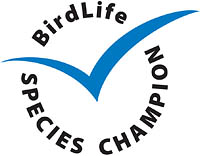 not only to draw attention to their marvelous optics but to the fact that Swarovski Optik is, with the RSPB, the Species Champion for the Sociable Lapwing, a critically endangered species that breeds almost entirely in Kazakhstan. We here at 10,000 Birds, the only blog designated a Species Champion by BirdLife International, salute Swarovski Optik‘s commitment to conservation.
not only to draw attention to their marvelous optics but to the fact that Swarovski Optik is, with the RSPB, the Species Champion for the Sociable Lapwing, a critically endangered species that breeds almost entirely in Kazakhstan. We here at 10,000 Birds, the only blog designated a Species Champion by BirdLife International, salute Swarovski Optik‘s commitment to conservation.
To learn more about 10,000 Birds’ commitment to conservation through BirdLife International’s Species Champion program and what it means to us at 10,000 Birds (or to donate to the program through 10,000 Birds) just click on the nice Species Champion logo to the right.


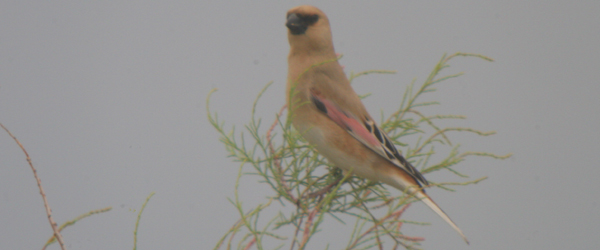
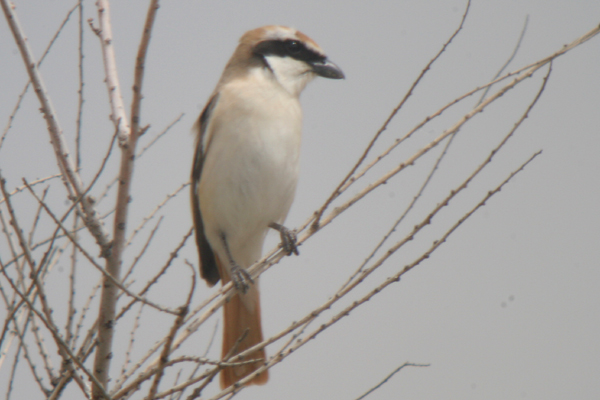
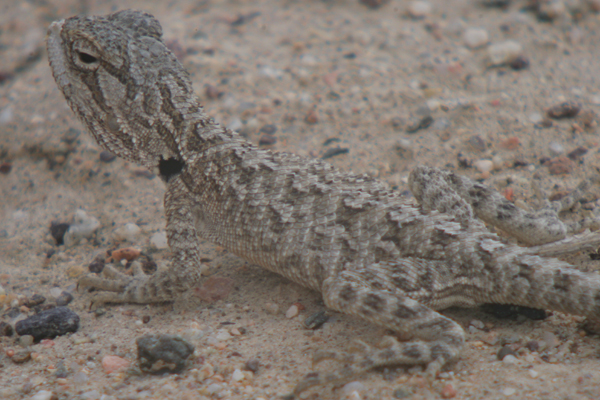
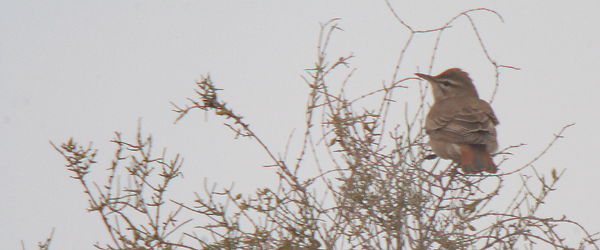
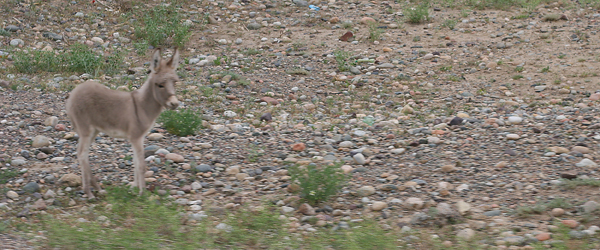











The Bush-tailed Chatrufous is really a beautiful bird. It does not compare to Blyth’s Reed Warblers, but that joke is getting old old anyway and the Shrubtailed Chat-Robin is too neat a bird to be spoiled by old jokes, so there you have it.
And, yeah, once again that split is long overdue in my uneducated and humble yet radical opinion.
I was out in the sun today, just in case you were wondering.
@Jochen: I wasn’t wondering…I just assumed that was what was going on. 🙂